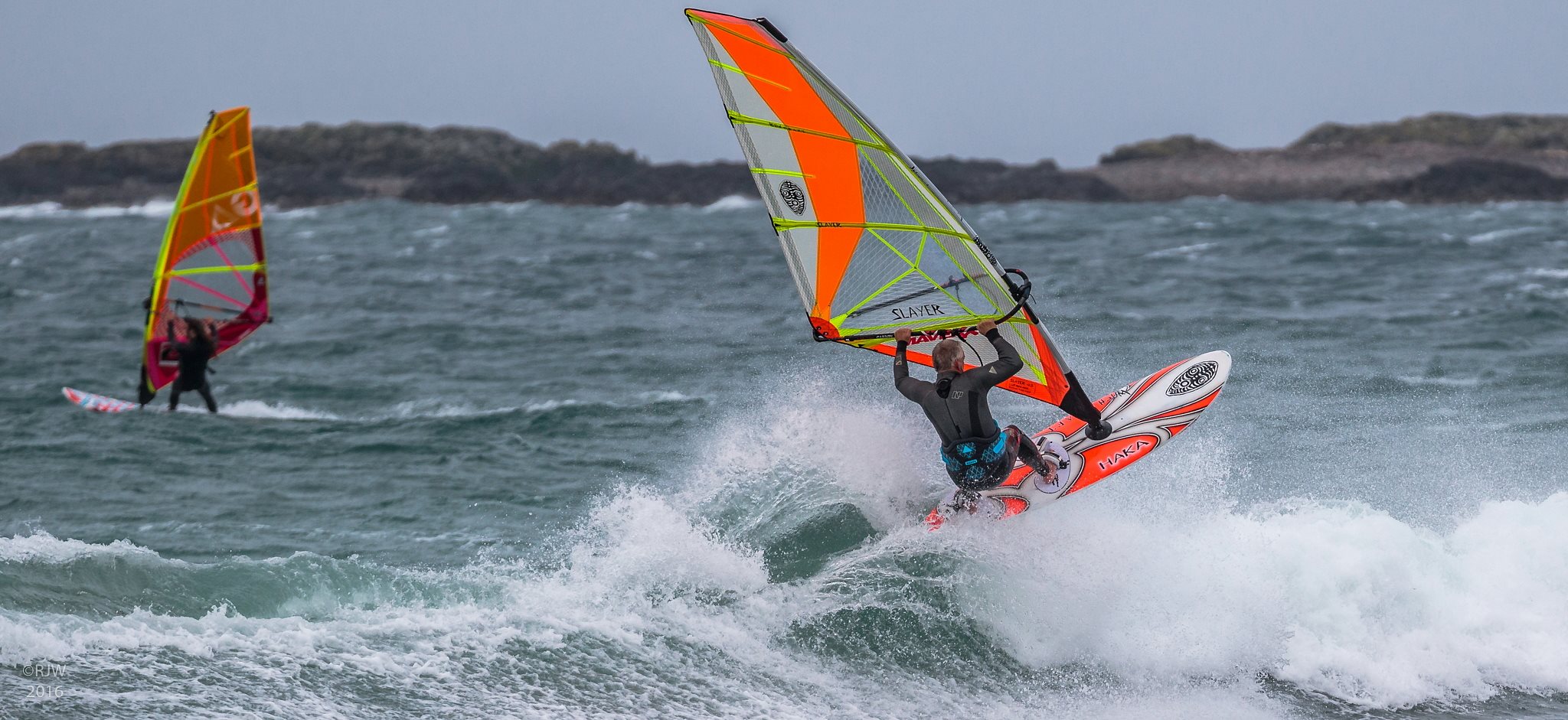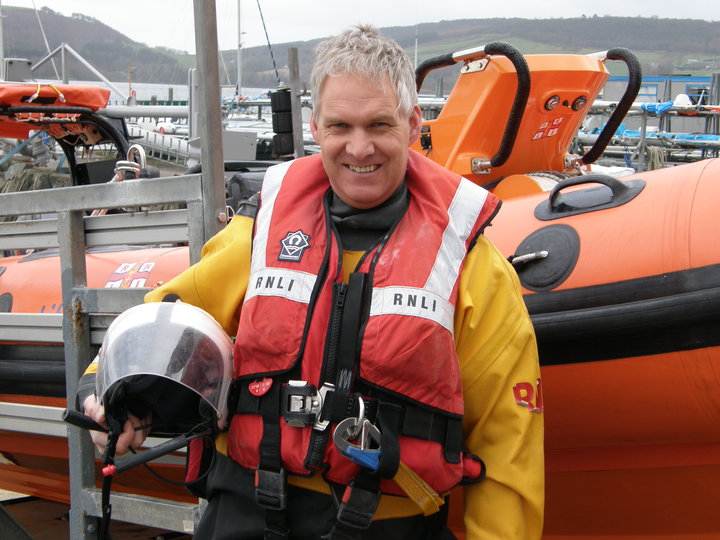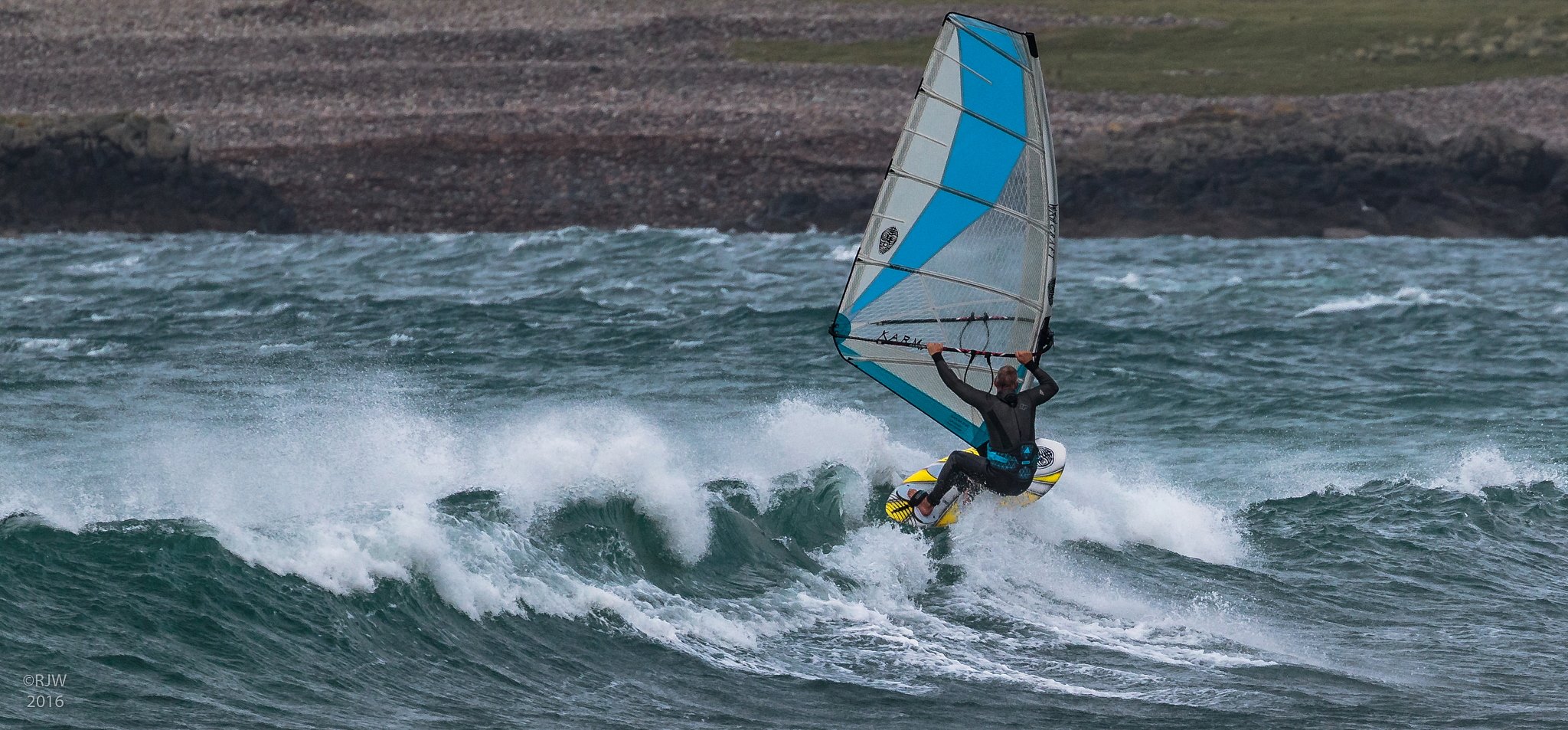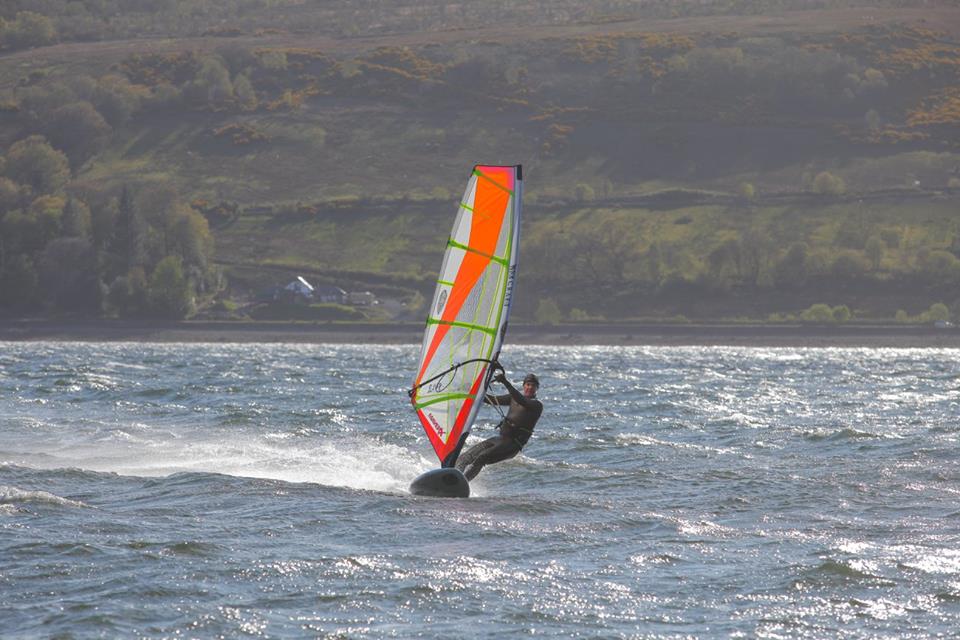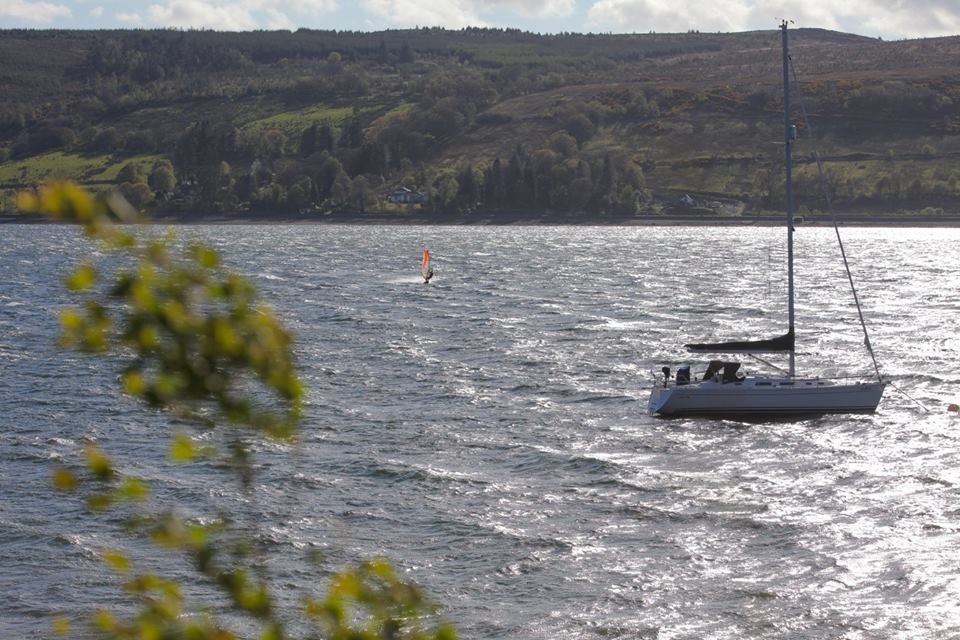Pics: Richard Whitson and Ian Guthrie.
John Blackwell is the UK importer/distributor for Witchcraft windsurfing sails and board sin the UK. He also helped with input during the conceptualisation and prototyping phase of Witchcraft’s Karma and Slayer sail range. We caught up with John to find out more.
When did you first become aware of the Witchcraft brand?
I was always aware of Witchcraft being a custom board maker based in the Canaries, making boards unlike other brands both in shape and construction.
And what about your relationship with Bouke? When did you begin talking about windsurfing and equipment?
9 years ago a customer of mine, “Richy the wrecker” snapped 3 boards in as many months and came in saying he had heard that Witchcraft boards were extra tough and could I get him one. I started speaking to Bouke about boards soon after. I ended up ordering a board for Richy and three for myself.
You’re the importer/distributor of Witchcraft products in the UK. When did this start and what prompted the partnership?
When I bought the first boards from Witchcraft I started selling them to other people. I think Bouke just wants windsurfing equipment to be the best it can be and I share that view or at least for my own personal equipment. I know price has to be factored in for most people as well. I was involved in the first production run of the Witchcraft mast extensions. Bouke was having problems finding a mast extension that he could hire out with confidence so he sourced the carbon tube from MaverX – the mast manufacturer – and added it to a reliable Chinook base producing an extension that would out last anything else.
As we understand you and Bouke have similar ideas about windsurf sails. When did you start talking about a new line of WC rigs?
You can’t talk about windsurfing for long without talking about sails so for years we would chat about sails. Sometimes I might leave one of my custom sails on Fuerteventura. Most of the time they would be concept sails such as soft sails etc. Witchcraft had been distributing Ezzy for a long time but Bouke seemed to be getting increasingly frustrated by not having his own ideas implemented into the Ezzy range until eventually Witchcraft and Ezzy went their separate ways. That left Witchcraft’s hire side of the company, and many Fuerte locals, in need of a sail that could survive the harsh environment of north coast Fuerteventura. This involves rigging on rock, launching from rocks and then sailing in waves as big as you dare and if that isn’t enough just the UV is enough to kill many sails.
What’s been your input to date?
I made some of the early prototypes and helped refine the prototypes made in Fuerteventura. Since I repair sails for a living I have helped with the structural side of things. Bouke has always had a good idea of what he wanted from the sails and I have helped him achieve that.
As a sail designer yourself was it fun creating something from scratch? What’s the best part of a project like this?
I like making sails but I am not really interested in selling the sails I make. People normally have to twist my arm to get me to make them a sail. The Witchcraft sails have given me more purpose rather than just developing sails for my own use all the time.
How do you take a product from conceptualisation to the finished item? Did you go through loads of protos to get the sails nailed?
First we had concept prototypes and then some sails that were closer to what was wanted, these were altered a number of times, fine tuned. All the time the construction is being tested. Once Bouke had sails he was nearly happy with production prototypes were ordered from potential factories in the Far East. Even then it was still about a year before the first sails were ready. The production prototypes need small performance shape tweaking but also we found that the adhesive used to hold the sails together was not good enough so we now have to supply the factory with better tape to make the sails. It might sound a small thing and to most people it will make no difference in the sail’s first year or two. But once you get onto year 3 and 4 Witchcraft sails will keep going when others begin to fail. The sails ability to withstand high impact loads is greatly enhanced.
Is it hard introducing a new line of sails to an already busy market place? Why did you think there was a need?
The need for the sails was a definite thing for Witchcraft – it’s just not economically viable to rent out other sail brands on the north coast of Fuerteventura. Here in the UK it is a different situation. We tend to sail from beaches and not lava rocks and the sails do have to compete with all the other brands. Half of the sail production goes to the Canary Islands and the rest come here and mainland Europe.
In your opinion what do Witchcraft sails offer that others don’t?
Durability aside I think Witchcraft sails are more adjustable than most others. You can tune them so that they suit the way you sail. They can be set with quite a lot of power enabling you to use a smaller size than other sailors around you. Rather than being built heavier the sails are built clever. The weight is average but being able to downsize gives both lighter and stronger performance.
How have the sails been received to date?
People are curious about them. A lot of people have not seen them before. Most UK windsurfers have been sailing for many years and built up an idea of which sails they like. Witchcraft sails are relatively new so people are naturally cautious about changing to a new brand. That is why we have some demo sails which we send to people so that they can try before they buy.
Which is your personal favourite – the Karma or Slayer – and why?
I don’t have a favourite, I use both. I tend to use the smaller Slayers and the larger Karma sails – that is what suits my own sailing best. One of my boards is a freewave type board and it is interesting in how the board feels different when I change between the same sized Karma and Slayer. With the Karma the board feels like it is prowling around looking for any ramps to jump, it feels like you are out ‘jump hunting’. Change to the Slayer and it feels like I am on a full rockered wave board wanting to carve tight turns and throw the sail around.
What’s feedback been like to date from everyday riders, from your point of view?
Most people comment on how smooth and forgettable the sails are on the water in a positive way. They seem to expect them to be hard to use and for wave experts only. I am quite happy with the feedback we have received.
Any further collaborations in the pipeline moving forwards?
Bouke has been working on a freeride board but I am not sure if it is something he wants to go into. He has made the Chakra range of boards faster than ever while still maintaining ease of use. Maybe later on, if there is an interest in freeride boards, we will add freeride sails as well.
Final thoughts?
Witchcraft sails are never going to be as big as the main brands because both Bouke and I tend to concentrate on construction and performance at the expense of marketing. But we both sail as much as we want so we are happy. Anybody who uses them tends to like them, which is also good.
